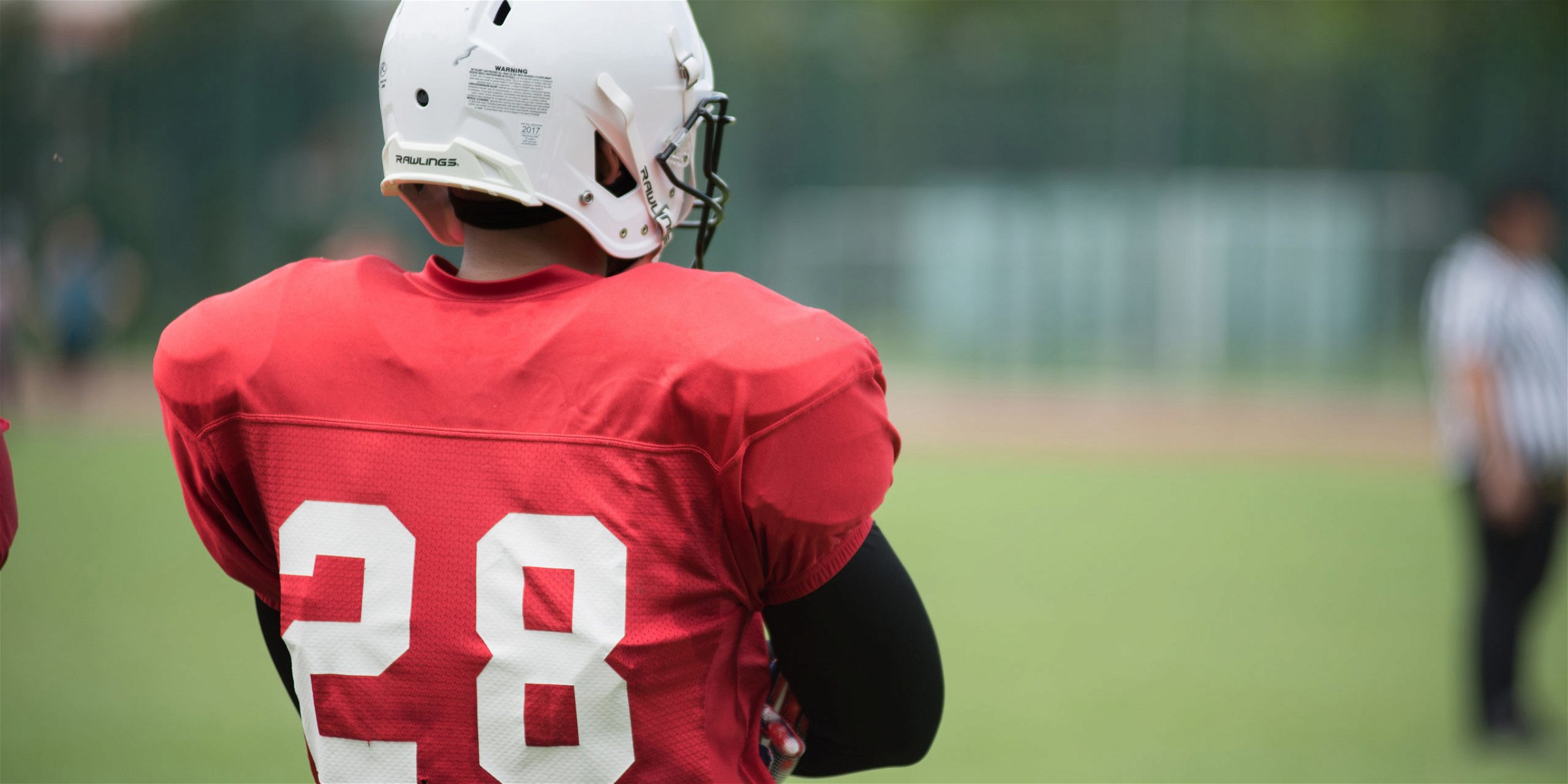
College Sports Injuries Leave Players With Many Injuries, But Few Options
Approximately half a million college students compete in collegiate athletics each year. Among these athletes, more than 210,000 injuries occur each year, according to a CDC study.
These injuries range from minor bumps and bruises to catastrophic injuries that can leave players with permanent injuries – or even claim their lives. Thousands of former collegiate athletes live with chronic health issues related directly to the injuries they sustained in college sports.
Unlike employees at most South Carolina businesses, the state’s collegiate athletes don’t have access to workers’ compensation if injured. Instead, colleges and governing bodies tend to sidestep responsibility for these injuries. Coaches can rush injured athletes to get medically treatedーoften getting them back to practice and participating in games far too soon, which puts them at risk for possible reinjury and significant medical bills throughout their life.
College Sports Injury Statistics
Injury rates vary by sport, but no college sport is risk-free. The highest injury rates occur in men’s football, where the NCAA estimates 8.9 “serious” injuries per 1,000 football players each year.
Injuries are not evenly distributed between practices and competitions, however. In men’s football, for instance, rates of serious injury in competition can be as high as 40 per 1,000 players, according to NCAA statistics. Competition injury rates in wrestling, ice hockey, and soccer are also much higher than injury rates in practice.
In addition:
- 90 percent of college athletes report being injured during competition at least once in their college careers.
- 54 percent say they returned to play while injured.
Injury types are also not evenly distributed among college sports. For instance, the risk of developing anterior knee pain was four times higher among women’s basketball, soccer, and volleyball players than for other athletes, especially when athletes began competing well before college.
Knee injuries can also lead to chronic pain and mobility issues. Chronic injury rates are high among former college athletes. One study found that among former Division I athletes, 50 percent reported chronic injuries at a rate 2.5 times higher than non-athletes.
Chronic injuries can impose ongoing medical bills. They can also diminish a former athlete’s ability to keep participating in exercise, which is necessary for lifelong health.
NCAA Responses to College Athlete Injuries
The National Collegiate Athletic Association (NCAA) was founded in 1906. At the time, one of its primary goals was to reduce injury risks for student-athletes. Today, the NCAA uses the term “student-athlete” to dodge many safety-related responsibilities, such as providing workers’ compensation coverage for college athletes injured during the performance of their sport.
One common argument is that college athletes are in the best position to weigh the risks and benefits of athletic participation and to address potential injury risks. Yet, one study of 300 college football players found that 43 percent underestimated the risk of non-concussion injuries and 42 percent underestimated the risks of concussions一even though 33 percent reported experiencing a concussion playing football and 67 percent reported having at least one non-concussion injury.
Researchers concluded that college athletes may not have access to the statistical and health information they need to make truly informed decisions about their injury risks. They noted that governing bodies, including colleges and the NCAA, must provide athletes with more information.
Currently, the NCAA manages health costs by requiring college athletes to have health insurance. The organization offers only limited protections for college athletes; its catastrophic injury coverage only applies when medical expenses exceed $90,000. Elite players can purchase insurance that protects them against future loss of income if they suffer a career-ending injury during college playtime. However, not all athletes qualify for this coverage.
Legal Rights for Injured College Athletes
College athletes may find it difficult to obtain compensation for their injuries. Colleges and the NCAA limit their liability for player injuries by using several methods.
The first is the NCAA requires college athletes to have health insurance. When athletes are injured, their health insurance policies are considered their first line of medical coverage. Many health insurance policies, however, do not cover the total cost of diagnosis and treatment for an athletic-related injury.
Some colleges also use waivers to limit their own risk. Players sign these waivers, which purport to free the school or sports program of responsibility if the player is injured. Not all injury waivers are enforceable一but athletes may need to consult an attorney to determine if their specific waiver can be enforced.
Waivers do not cover all types of injuries, either. For instance, if a player is injured due to a condition on the field or on-premises the school controls, the player may have a valid claim.
If you were injured playing college sports, talk to an experienced personal injury lawyer today. The team at the Steinberg Law Firm is available for a free, confidential consultation for South Carolina student-athletes.




















